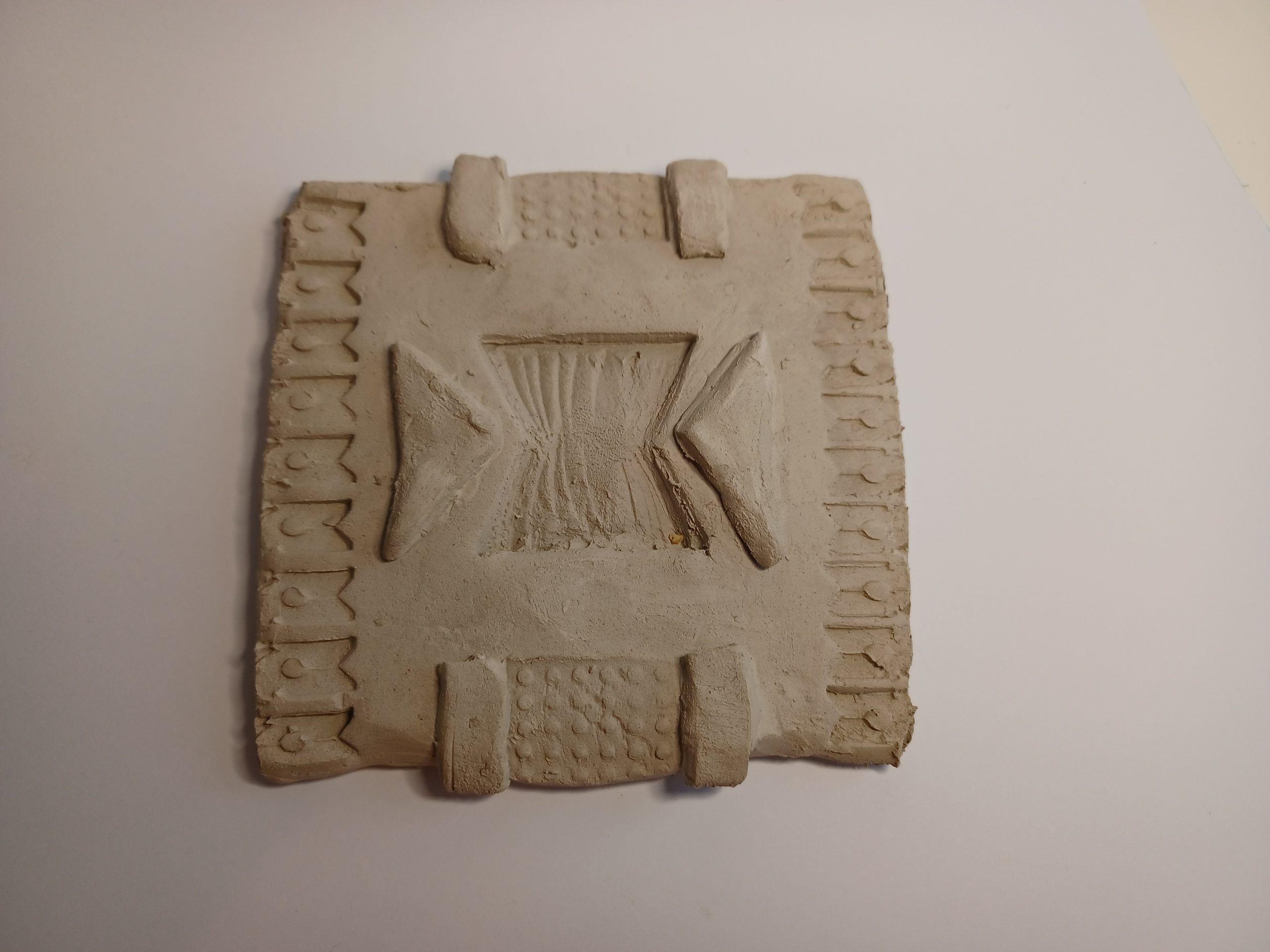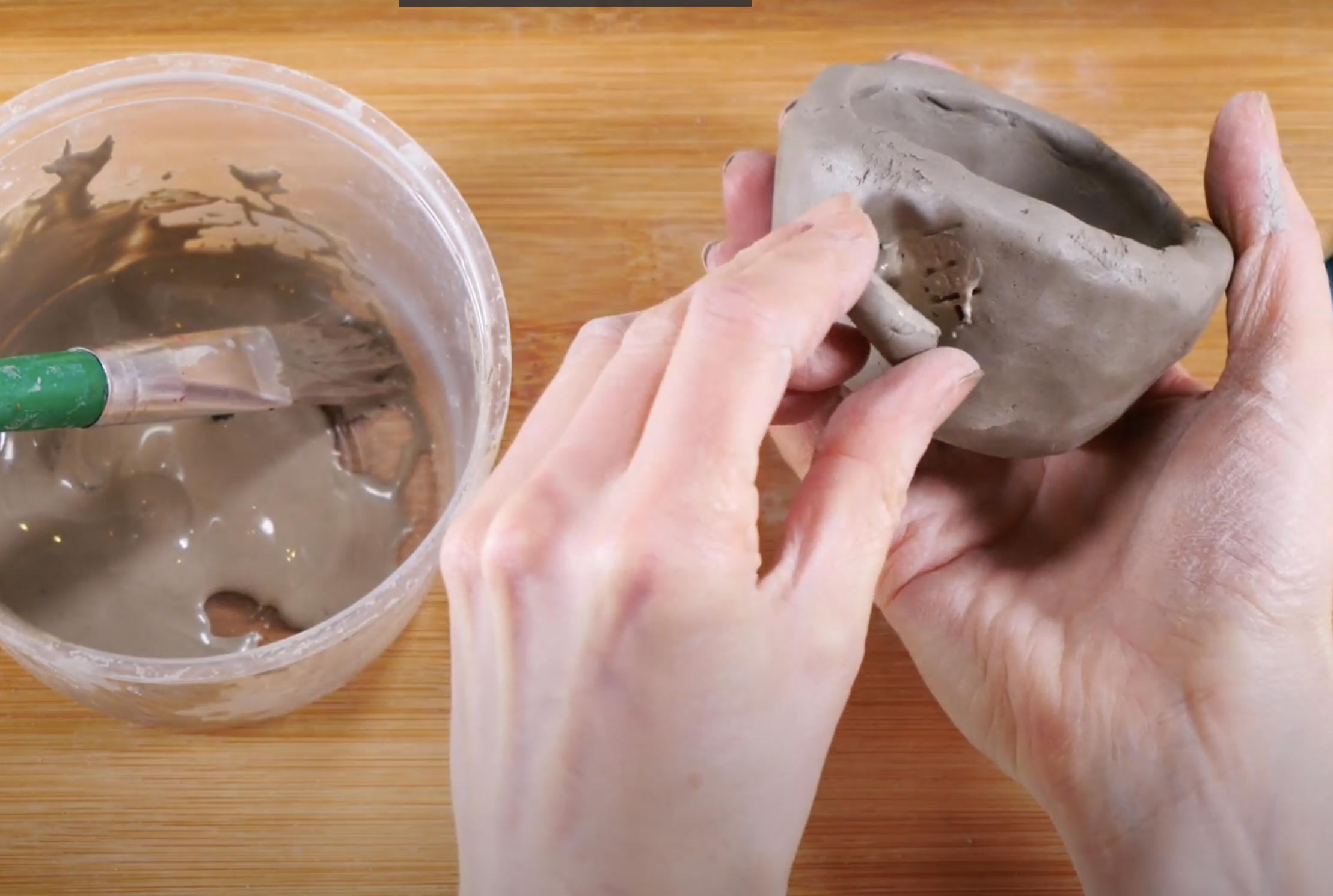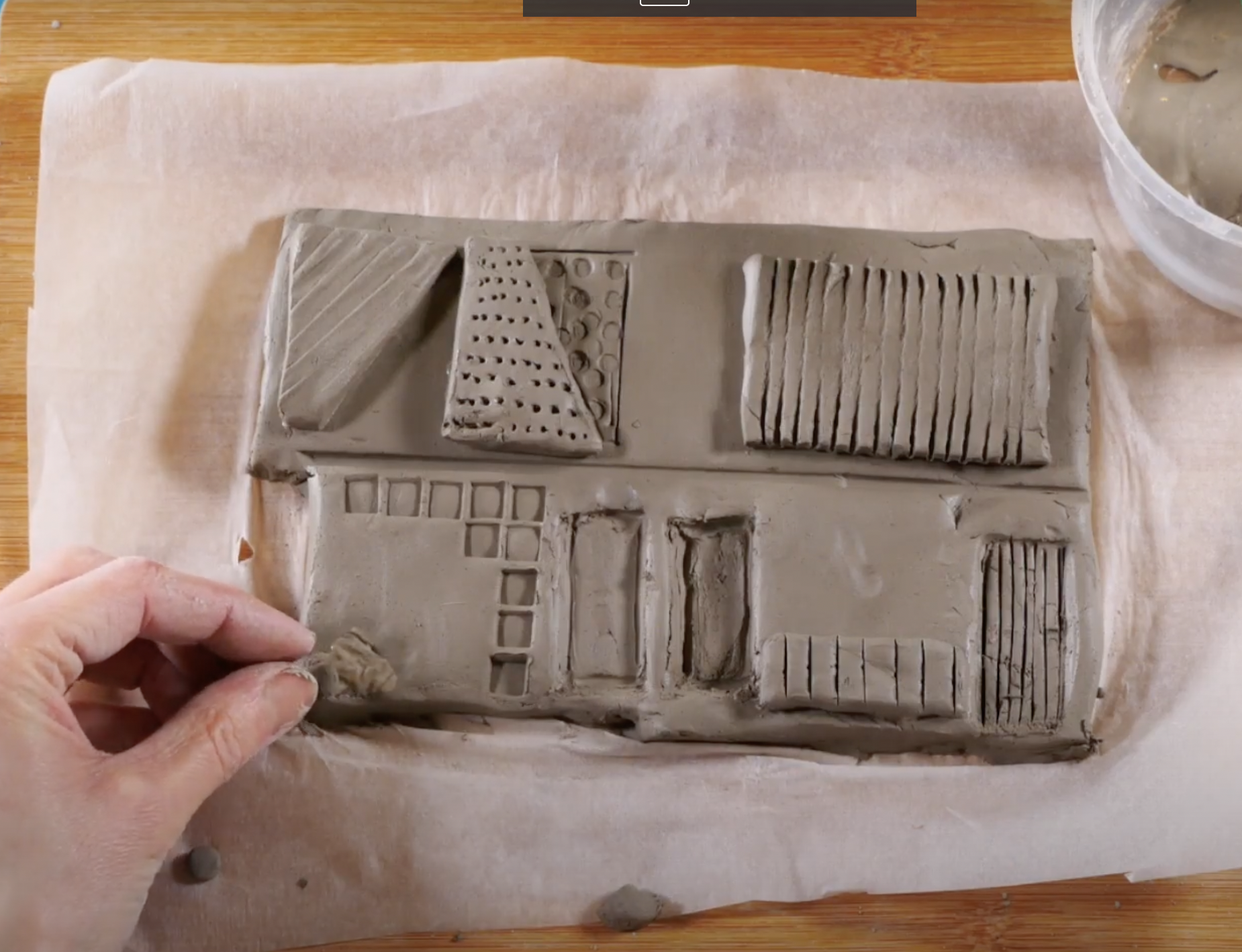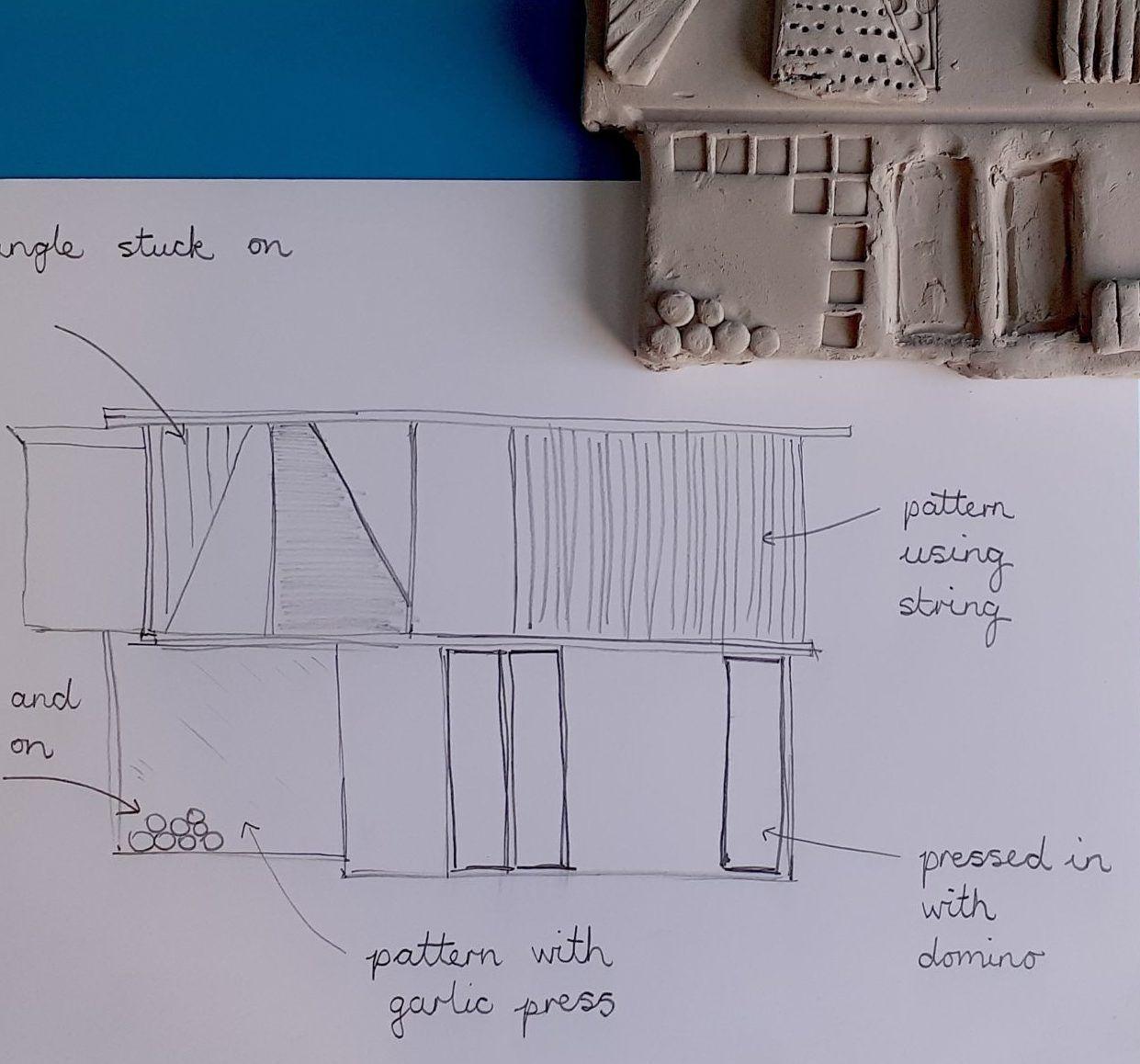Learning intention
- To use my hands as a tool to shape clay.
Success criteria
- I can flatten clay to make a smooth
This content is for subscribers only. Join for access today.
Cambridge Primary Art & Design (0067) Learning objectives
Making
M.01 Learn to use a
This content is for subscribers only. Join for access today.
Before the lesson
This content is for subscribers only. Join for access today.
Lesson plan
Recap and recall
Check learners can recall: What does 3D mean? (Three-dimensional is often called 3D. Three-dimensional has form and is not flat.) What is the difference between something that is 2D and 3D? Is sculpture 2D or 3D?
This content is for subscribers only. Join for access today.
Extended-mode explainer videos
How to extend your display to view the lesson page and preseantion mode simultaneously. Choose your operating system below to watch the video
If you need further support with extending your display,
please contact [email protected].
Differentiation
Learners needing support:
- Could watch the key skills being modelled more than once, for example, rolling, flattening and smoothing.
- Should be reminded to experiment with the clay, trying out a range of marks in the clay.
Learners working at a stretch:
- Should include at least two of the skills they have tried in their final models.
- Could use their hands to pinch and smooth the clay into more complex shapes while making their models.
This content is for subscribers only. Join for access today.
Assessing progress and understanding
Learners with secure understanding can:
- Flatten and smooth the clay.
- Roll shapes successfully.
- Make a
This content is for subscribers only. Join for access today.
Vocabulary
-
flatten
To make level.
-
roll
To make into a ball or tube shape.
This content is for subscribers only. Join for access today.
In this unit
Lesson 1: Exploring clay
Lesson 2: Pinch pots
Lesson 3: Applying skills in clay
Lesson 4: Designing a tile
Lesson 5: House tiles





